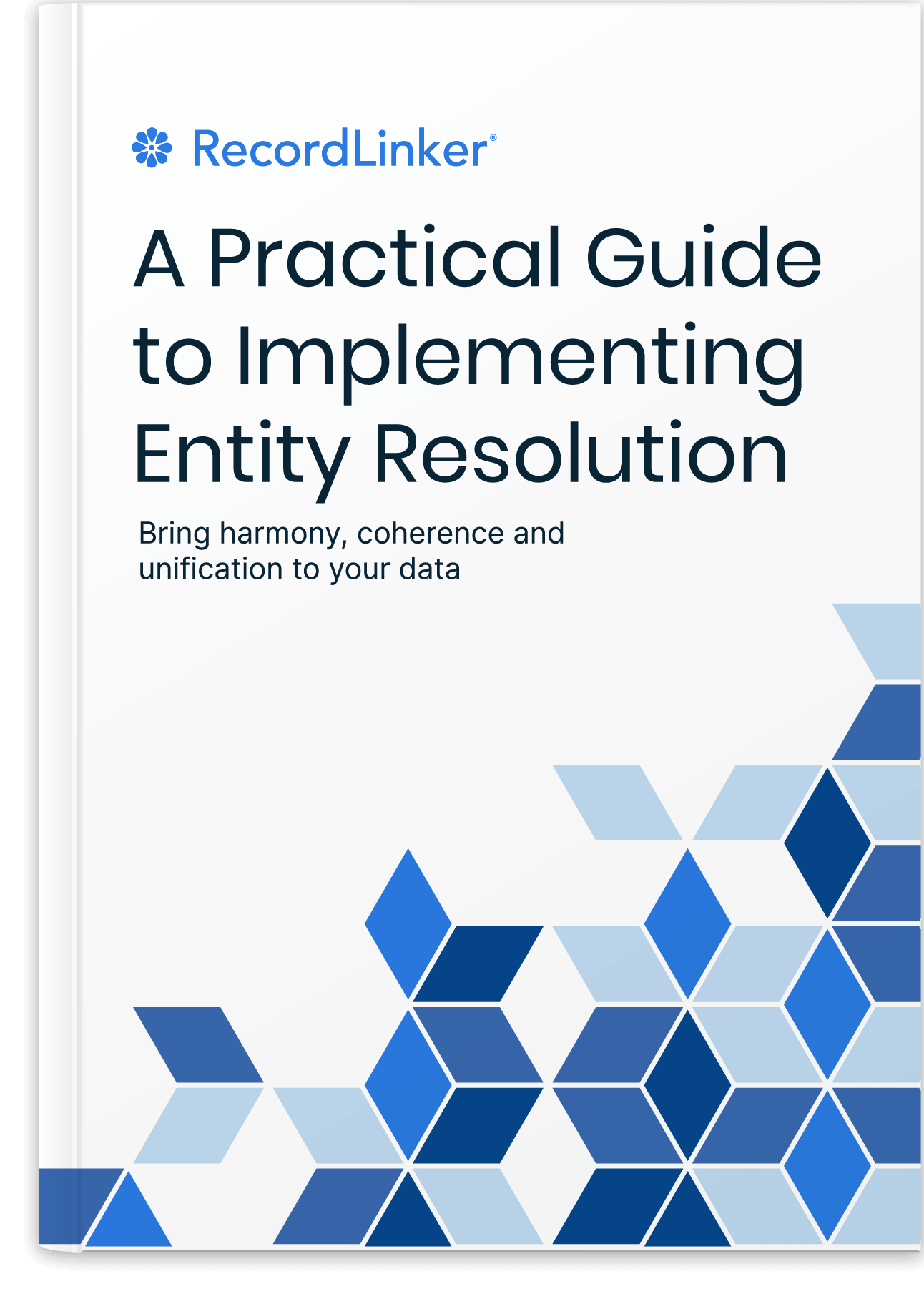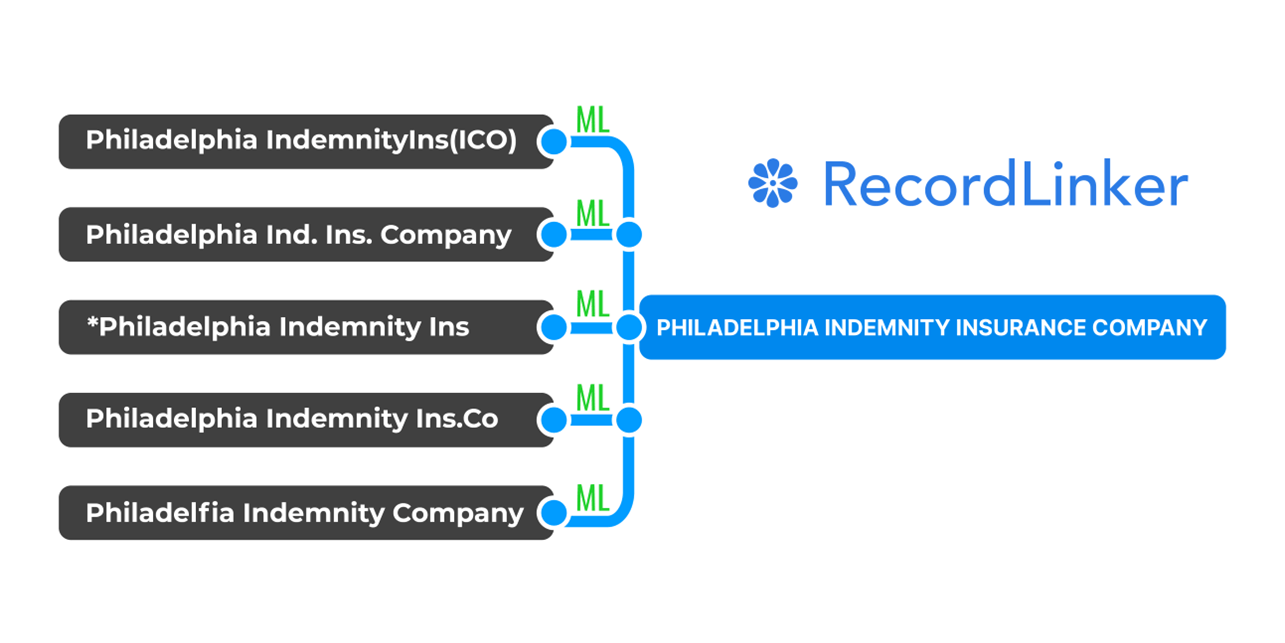Operational MDM: The Cornerstone Of Efficient Business Operations
If you’re looking for a way to streamline your business operations, reduce costs, and improve employee satisfaction, operational master data management (MDM) may be the solution you need. This system helps organizations keep their critical data consistent and accurate across multiple applications and databases, providing a centralized view of important information that can be accessed quickly and easily.

If your business is looking to increase efficiency, improve life for your employees, and reduce costs, your data may be the right place to start.
Operational master data management (MDM) is a system that helps ensure an organization’s business-critical data remains consistent and accurate across multiple applications and databases. It also allows companies to maintain the integrity of their data while providing access to important information quickly and easily.
In this article, we’ll look at three ways in which operational master data management supports efficient business operations.
Free Book: Practical Guide to Implementing Entity Resolution
Interested in implementing an in-house record matching solution with your own development team without using any outside vendors or tools?

What Is Operational Master Data Management?
Operational MDM is a strategy to manage and maintain consistent, accurate, up-to-date, and relevant data across an enterprise’s various business operations. This type of master data management focuses on “operational” aspects such as customer service, product development, or inventory control. It enables companies to build a centralized view of the most important data assets within their organization.
By contrast, analytical master data management focuses on the “analytic” aspects such as data analysis and reporting, which are not necessarily related to operational activities.
Your company’s operational master data may include information about customers, suppliers, products and services, orders, accounts receivable/payable, inventory items and their locations, employee profiles, and more. These are the core pieces of information that help organizations run their business operations efficiently.
The way you approach operational MDM will depend on your company’s size, the complexity of your data, and your organizational culture, but the following are core elements of any effective strategy:
- Data Governance – Create and enforce standards for data quality, accuracy, and consistency. This ensures data is reliable enough to support core processes.
- Data Integration – Share data across systems without duplication or errors in the process. Many organizations choose to create a centralized hub for master data, such as a data warehouse or data mart.
- Data Security – Create rules around the access and usage of master data to ensure that only authorized personnel come into contact with sensitive information.
When an organization takes a thoughtful approach to all three of these objectives, the ramifications can be felt in everything from its bottom line to its workplace culture.
Keep Data Accurate and Up-to-Date
Operational MDM supports efficient operations by helping organizations create a unified view of their core data assets. Housing master data under one “roof” makes quality control much easier.
First and foremost, you can more easily identify areas where inconsistencies exist and correct them quickly. This allows organizations to maintain accurate records and reduce the risk of data errors, which in turn helps them make better-informed decisions faster.
In addition, operational MDM enables organizations to keep their data up-to-date by providing an easy way to add new information and update existing records. In 2022, 82% of companies reported regularly making decisions based on stale information. Master data management not only helps ensure that users have access to the latest data sets; it also prevents outdated or inaccurate information from being used in decision making processes.
Common methods for ensuring high-quality master data include:
- Implementing automated processes to ensure accuracy
- Leveraging technologies like machine learning and artificial intelligence to detect anomalies
- Utilizing data integration tools to sync disparate sources
- Performing regular audits and reviews of operational MDM systems
These approaches help organizations stay on top of their master data, ensuring that it’s always accurate and up-to-date— an essential component of any successful operating strategy.

Create a Single Source of Truth
Along with making data management easier, a centralized repository functions as a single source of truth for all data in the organization.
Rather than relying on multiple sources of information, organizations that practice operational MDM can trust that all employees, even those across different teams and departments, are all looking at the same data. Employees avoid having to spend time on tedious manual lookups and double-checking between multiple sources for accuracy. This helps them avoid costly misunderstandings, stay on the same page, and communicate more efficiently.
For example, if a customer service representative in one location is working off outdated information, they may provide inaccurate or incomplete advice to the customer. With an operational MDM system in place, this kind of miscommunication can be avoided since all employees will have access to the same data and will be able to accurately respond to customers’ inquiries.
Improve Data Governance
Operational MDM also enables organizations to better manage their data. By creating a consistent structure and workflow, it allows companies to control who can access what information, when they can do so, and how the data is used.
For example, in healthcare environments where patient information must be kept secure and private at all times, an effective operational MDM system ensures that only those with the necessary permissions can view sensitive records. Additionally, it helps ensure that any changes made to the original data are tracked and documented for audit purposes. This makes it much easier for businesses to comply with industry regulations.
Keeping data secure and organized also helps reduce the risk of human error. When data is stored in a single location and accessed according to a set process, organizations can more easily detect mistakes or discrepancies before they become costly issues.

Get Started with Operational Master Data Management
If you’re looking for a way to streamline business operations and improve efficiency, operational MDM is the answer. Master data management helps businesses identify, store, organize and manage all of their core data in one central repository. It also provides a single source of truth so that everyone in the organization is working with accurate information.
With an effective operational MDM system in place, businesses can simplify processes by having access to consistent data across the entire organization—from marketing campaigns to customer service inquiries or financial accounting reports. By eliminating redundant or out-of-date information from multiple systems and consolidating it into a centralized database, organizations can save time and money, improve decision-making, and reduce stress on their employees.

Interested in improving the quality of your data, but don’t have the time or resources to create a master data management program from the ground-up?
RecordLinker is here to help. Our data integration and management platform can quickly connect your disparate data sources, identify and deduplicate records, and keep your data clean and up-to-date.


